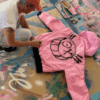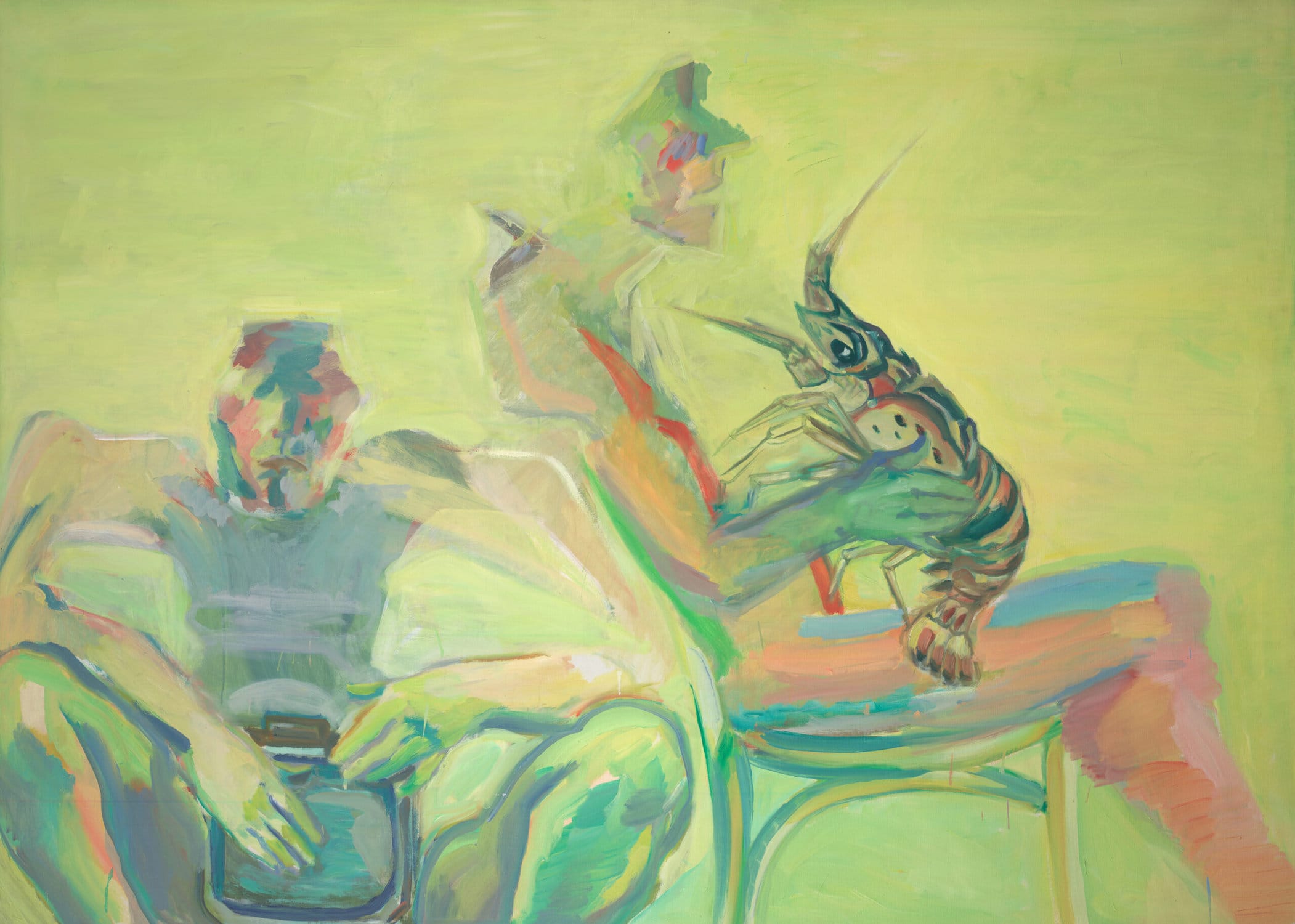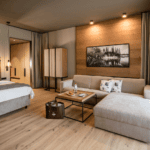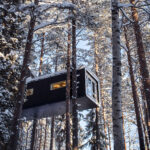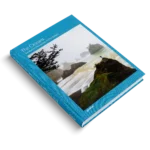As in soccer, so in art? No. Certainly not. The relationship between Austria and Germany in the visual arts is completely different from that in sports: there are no hard fronts, no competition, no winners and losers, no young and old.
ALBERTINA MODERN’s major fall exhibition is dedicated to outstanding artists from both countries. However, it does not focus on the long history that connects us, but allows important collection positions of the ALBERTINA to enter into an exciting dialogue in a direct juxtaposition – for example Maria Lassnig with Georg Baselitz, Arnulf Rainer with Gerhard Richter, Franz West with Sigmar Polke.
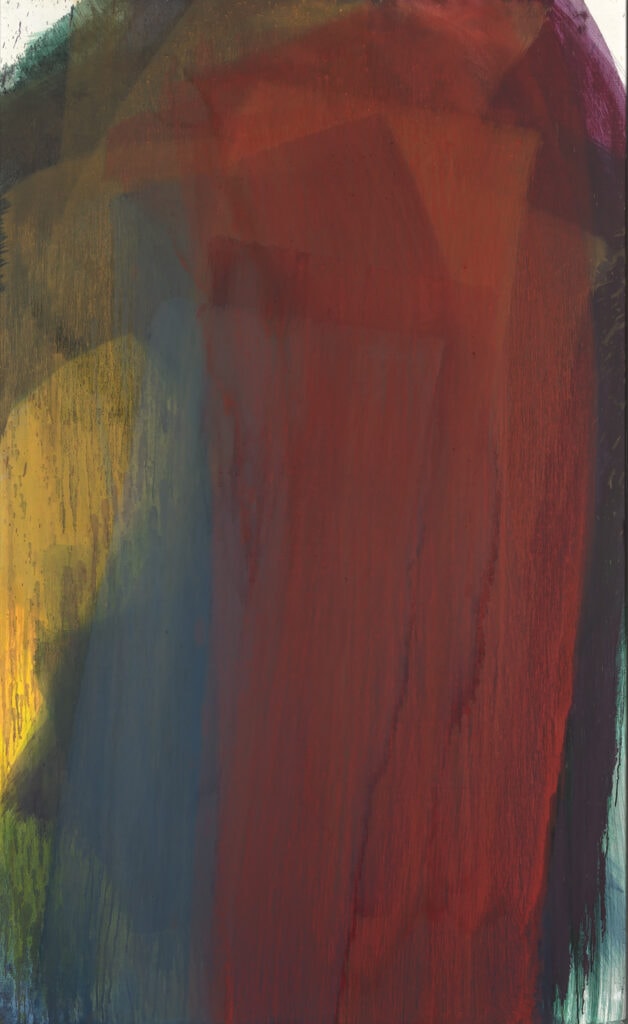
Arnulf Rainer – Geologica, 1996 – ALBERTINA, Wien – Familiensammlung Haselsteiner © Arnulf Rainer 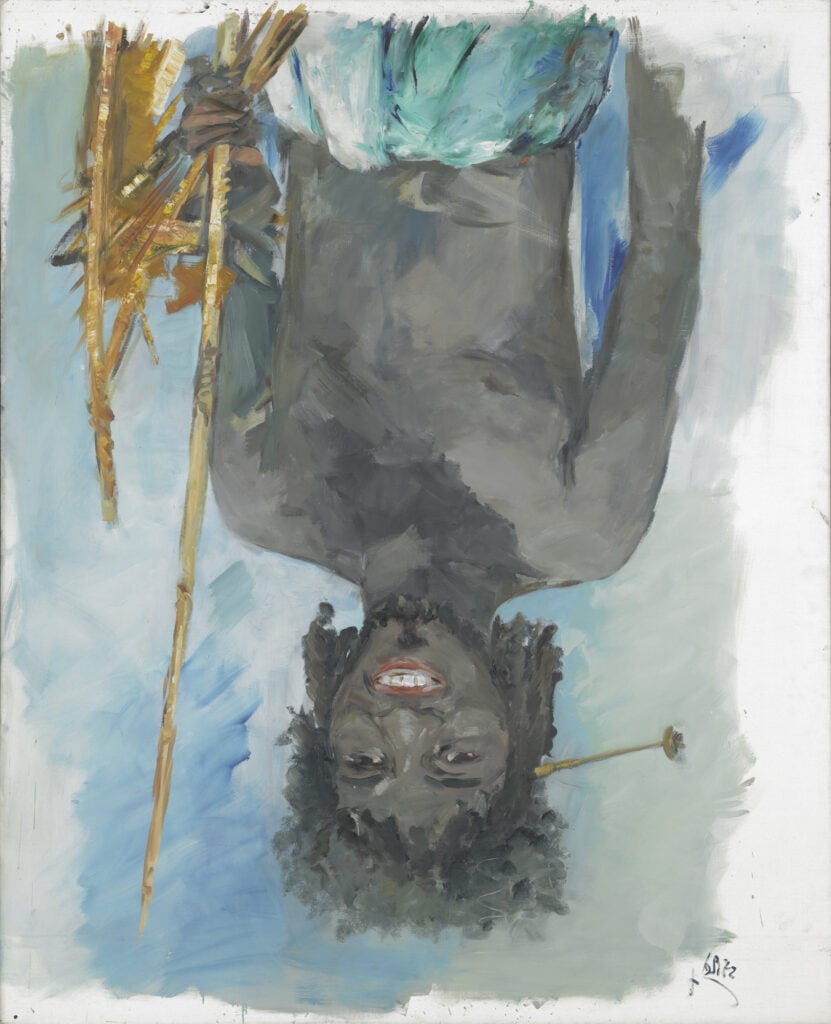
Georg Baselitz – Hadendoa, 1972 – ALBERTINA, Wien – The ESSL Collection © Georg Baselitz 2023
The Austrian Siegfried Anzinger and the German Daniel Richter, who both belong to the same generation, show the artistic awakening of the 1980s.
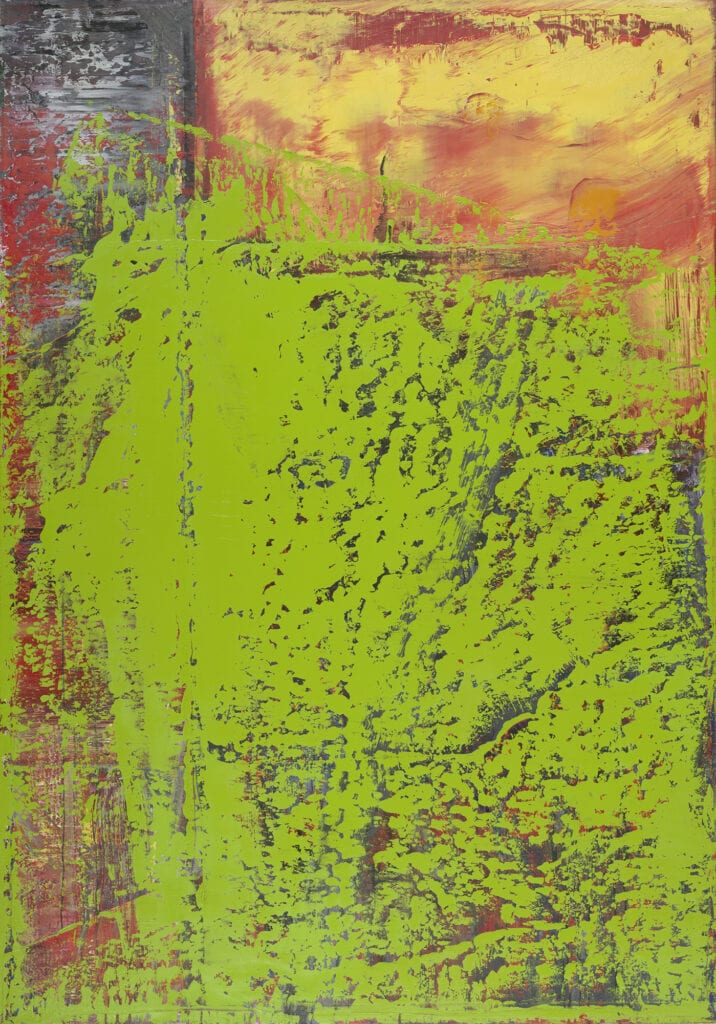
Intergenerational dialogues open up new references, such as that between Wolfgang Hollegha and Katharina Grosse. Albert Oehlen, the internationally established artist from Germany, should also be mentioned: Years ago, as curator of a show of the Essl Collection, he discovered the Austrian Martha Jungwirth – recognized much too late – and at the time dedicated an entire room to this experimental watercolorist. The ALBERTINA now revisits the transgenerational dialogue between these two artists.
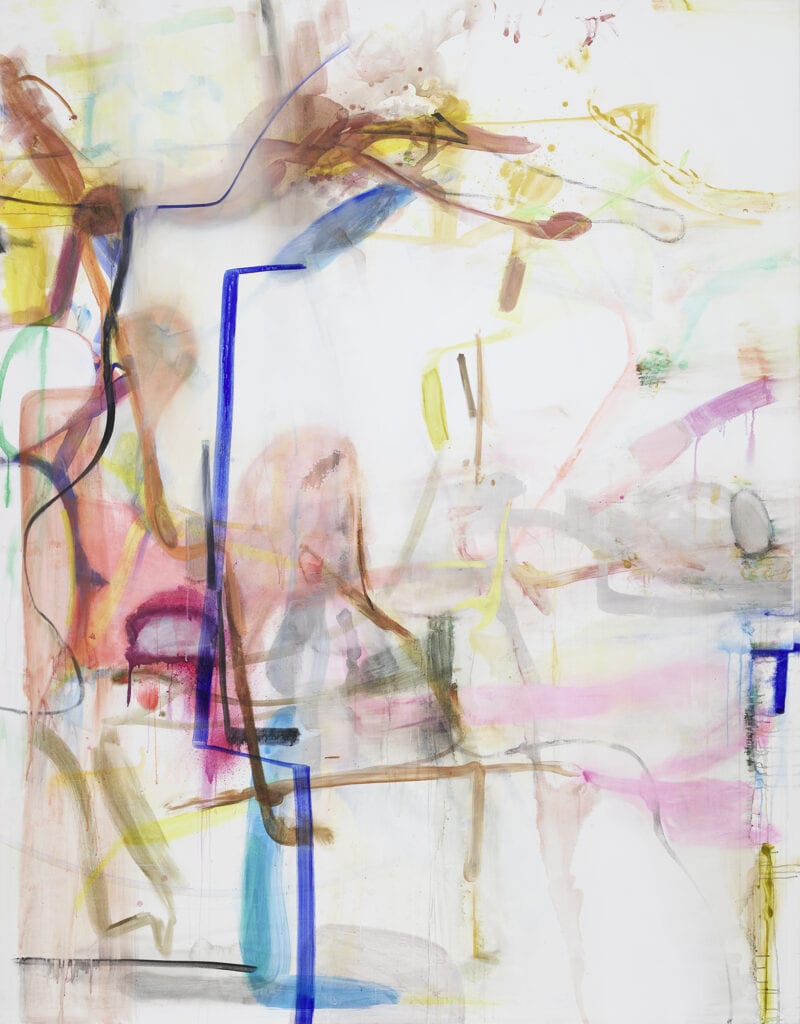
Through these dialogues, the exhibition aims to present concepts and intentions that overlap stylistically, aesthetically, and thematically. These juxtapositions open up a new perspective on the works of – widely and in many cases long-established – artists from Germany and Austria. Through these juxtapositions, the familiar becomes – not only visually – a completely new experience.
Ben Willikens and Eduard Angeli share not only the generation and fundamental experiences of the 1960s that shaped them, but also a melancholy worldview that allows both the Austrian and the German to discover places of loneliness and abandonment.
Xenia Hausner and Neo Rauch find common ground in their exploration of their themes. In the works selected here, both deal with the foreign and being exposed. As different as the two may seem in terms of color, scale, and the pathos of the figures, their spatial design principle is based on a stage-set-like staging. In their large-format paintings, the intensity of the themes unfolds as it once did in history painting with the genus grande, which evoked strong, pathetic affects in the the audience strong, pathetic affects wanted to evoke. At the same time, both painters manage to restore the original dignity to the pathos – here heavy bodies moved inertly and gestures made larger than in real life. Neither in Hausner’s nor in Rauch’s work does this seem exaggerated or hollow.
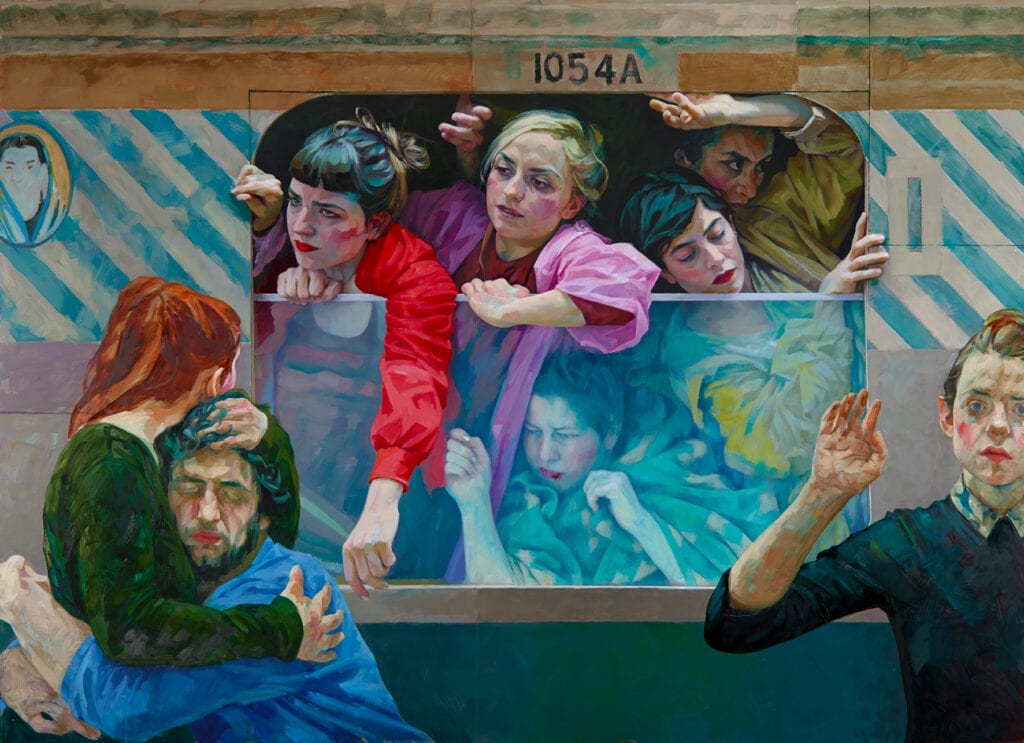
Xenia Hausner – EXILES 3, 2017 – Öl auf Papier auf Dibond ALBERTINA, Wien – Familiensammlung Haselsteiner © Xenia Hausner / Bildrecht Wien, 2023
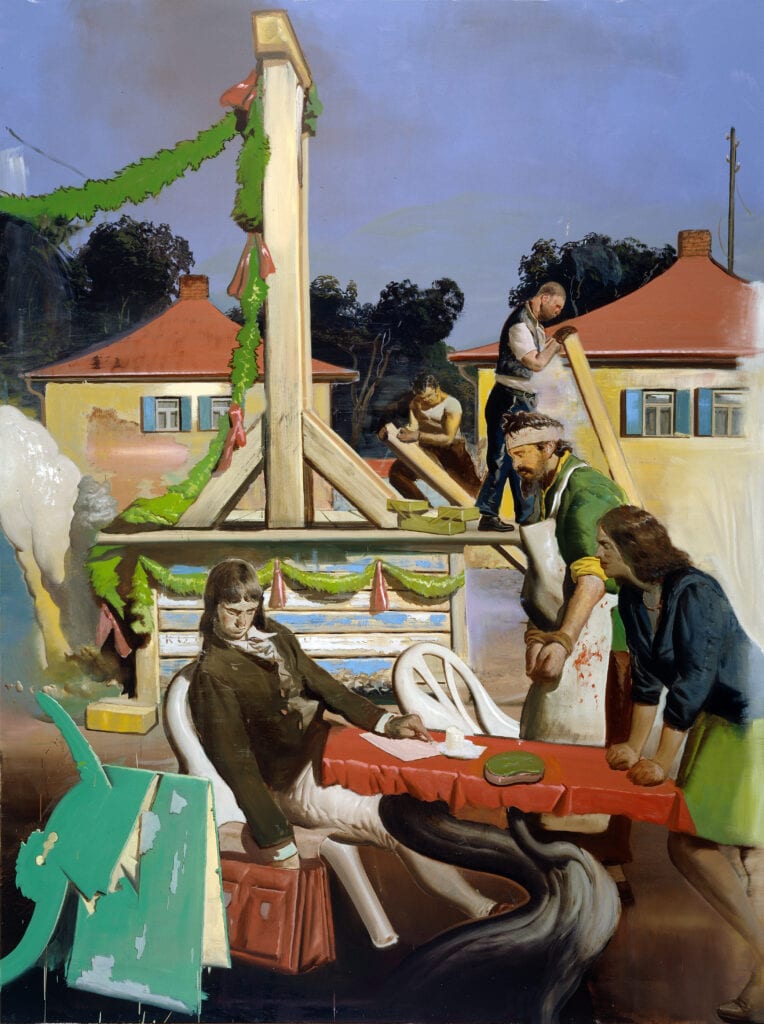
Women artists who have only in recent years experienced a broad national and international public, such as Isolde Maria Joham or Liliane Tomasko, are shown side by side with the trailblazers of art history Maria Lassnig and Brigitte Kowanz.
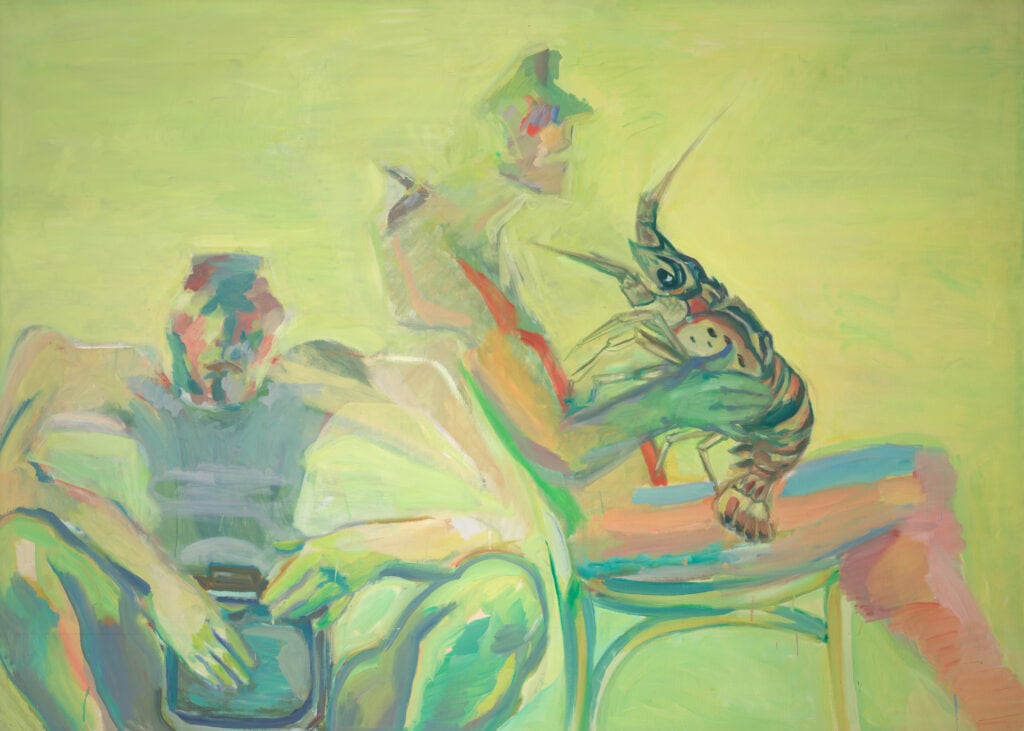
The artist collective Gelitin encounters the art of transsexual German artist Verena Bretschneider.
An exhibition like Austria-Germany virtually calls for defining the Austrian in Austrian art and the German in German art. In fact, however, this bilateral concept shows that the principle of national style has abdicated. The individual style – fed by global sources and an international fund of information that can be called up at any time – is displacing the principle of the school of a national art.
DETAILS
Duration: 6. September – 21. Jänner 2024
Location: ALBERTINA MODERN
Curatorin: Klaus Albrecht Schröder & Constanze Malissa
Artworks: 85
Contact: Karlsplatz 5 | 1010 Wien, T +43 (0)1 534 83 0



